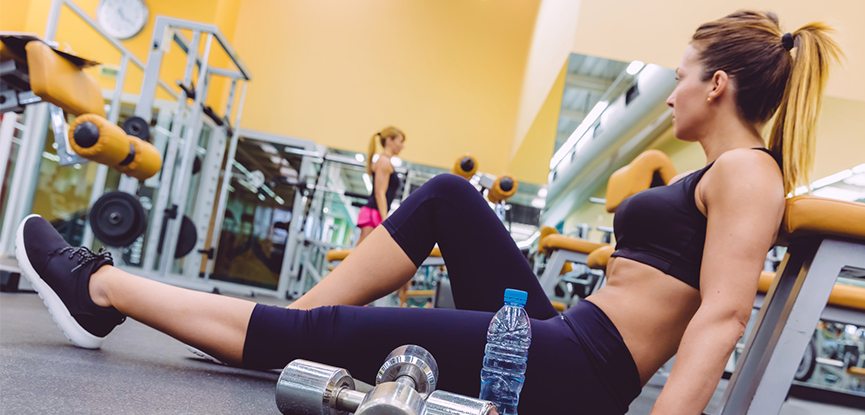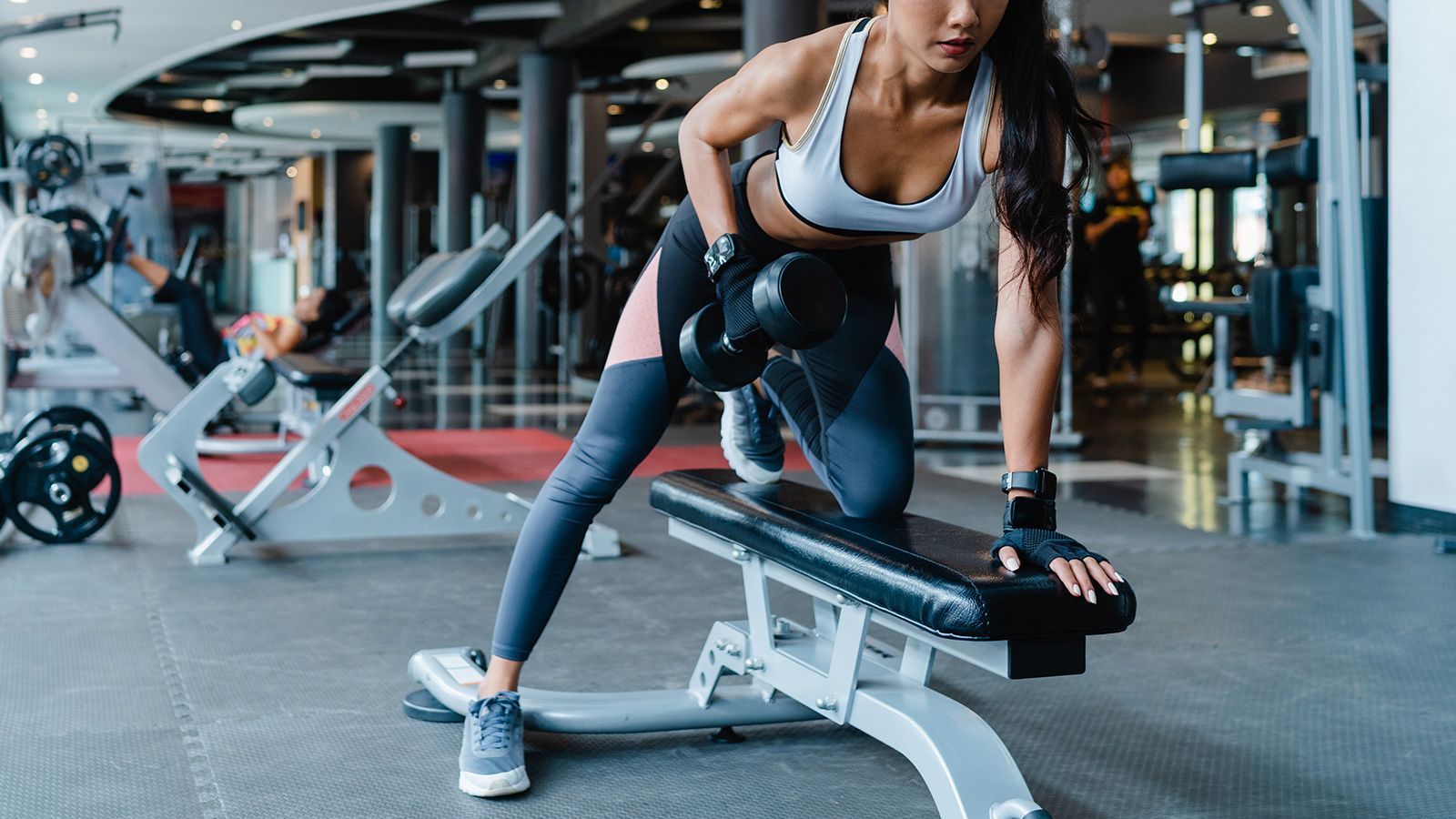Perhaps the term “cycle syncing” is familiar to you. Over the last several years, it has been widely reported in the media and discussed by health influencers on social media sites like TikTok and Instagram.
Integrative nutritionist Alisa Vitti first discussed cycle syncing in her 2014 book “WomanCode.” The technique may have gained traction in the 2020s due to its adoption by U.S. women athletes in preparation for the World Cup in 2019.
For some women, their “time of the month” (no pun intended) is a period of physical discomfort, hunger, and fatigue. While individual experiences may differ, generally speaking, it is not a period of great activity. Because of this, some athletes schedule less strenuous exercises during their period and more strenuous ones during other periods of their cycle.

The Step-by-Step Guide to Getting Your Cycle in “Sync”
The concept of cycle synchronization proposes that if you time your exercises to correspond with the four phases of your menstrual cycle, you may better regulate your hormones and achieve peak performance in your chosen sport. This is because ovulation requires more energy from the body than menstruation does, and vice versa. During the transitional follicular and luteal phases, the body either recovers its strength or stores it for later use.
A thorough familiarity with one’s own cycle is necessary before beginning to coordinate it with physical activity. This covers how long their cycle typically lasts and how they typically feel at each stage of their cycle. The optimal duration of a menstrual cycle is 28 days, however it may range from 21 to 35 days. However, the precise duration, along with how one feels and how much energy they have, might vary from woman to woman. Similarly, the cycle is not a universal match for everyone’s sporting interests and aspirations.
Consider the following implications of cycle synchronization on sports performance at various ages and levels of competition.
The structure of a typical cycle syncing exercise
Menstruation
The first step of a woman’s reproductive cycle is menstruation, sometimes known as bleeding or having “a period.” When the levels of estrogen and progesterone in the body go from high to low, the uterine lining of a nonpregnant woman will shed.
About once a month, over a duration of three to seven days, this happens. Your body may feel tired and listless at this point. According to fertility expert Laura Fletcher, who also serves as a licensed doula and coach, this is really the case.
We are making an effort; we are ironing out the kinks. According to Fletcher, “it’s a moment when our body physiologically wants us to slow down and relax. “We need to be kinder to ourselves,” they said.
At this time, she says, it’s best to prioritize sleep, downtime, and light exercises like Pilates, yoga, and walking.
Pre-antral follicle
After that, for roughly a week, is the follicular phase. The body’s hormone levels rise throughout this phase in preparation for ovulation, when an egg is finally released. Since this phase sees increases in both estrogen and FSH (follicle-stimulating hormone), energy levels tend to rise along with them.
If a person’s other health objectives, hobbies, and current skills are compatible with higher-intensity activities like HIIT or cardio, then they can do so, adds Fletcher.
Fletcher chimes in, “We can do muscle building, we’re able to do hiking, and we could possibly work in some HIIT.” Now is the time to start working on our body composition and strength training.
Ovulation
Ovulation typically occurs on day 14 of a woman’s menstrual cycle and lasts for around 24 hours. LH, or luteinizing hormone, is secreted at this time and stimulates egg release from the ovaries.
Ovulation, like the follicular phase, is characterized by elevated levels of activity. Get in another round of intense exercise now.
Stage luteal
The luteal phase begins after ovulation and continues until the conclusion of the cycle, which may be a menstrual cycle or a pregnancy. Fletcher adds that energy conservation is key at this time, especially for those who wish to conceive.
“similar to what we do during our menstrual cycle: gentle, soft, nurturing motion and movement,” she writes, referring to the gentle, soft, and nurturing motion and movement that women engage in during their periods.
